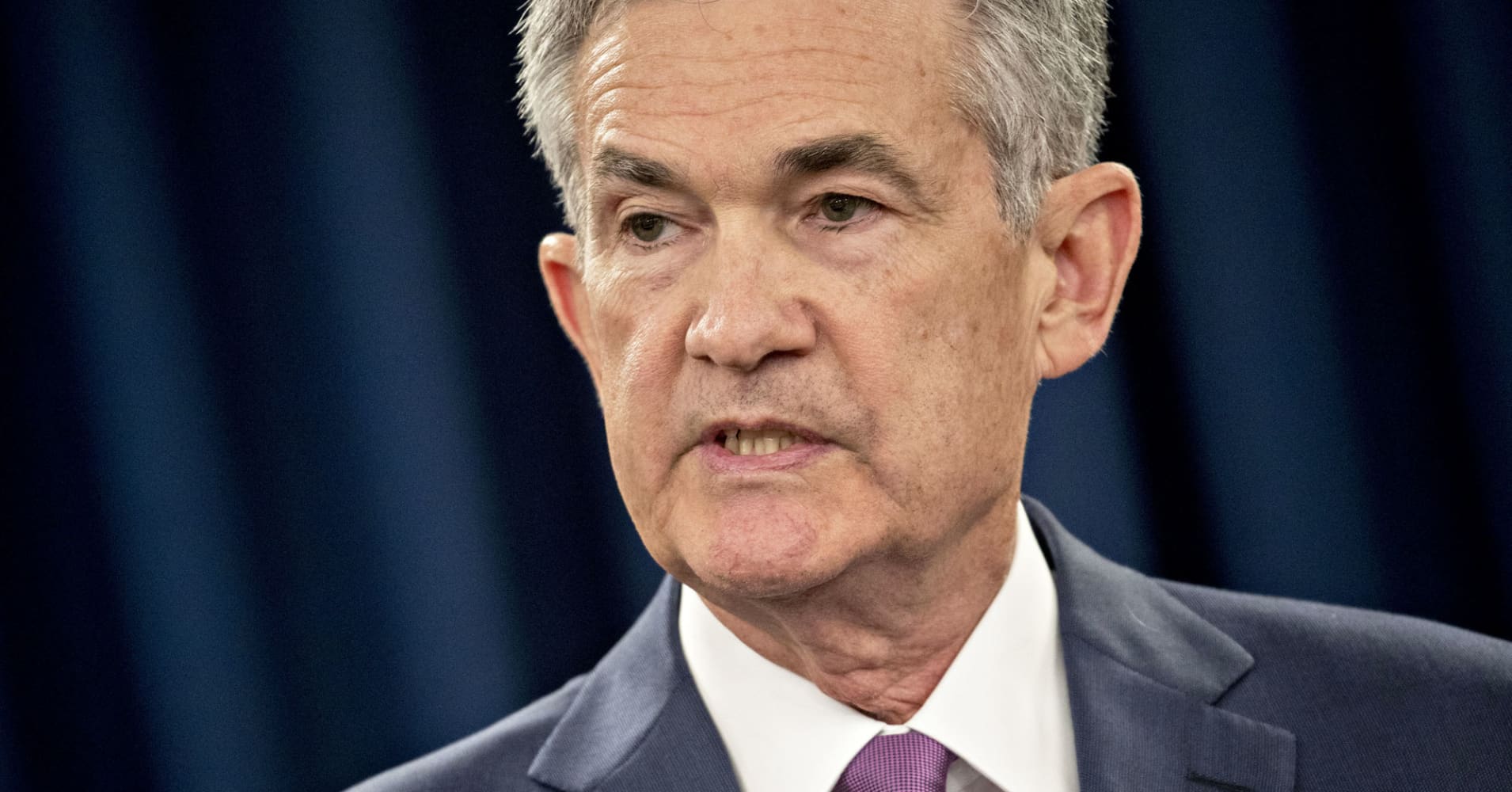
The move came amid an economy expected to grow by about 4 percent in the second quarter amid high levels of consumer and business sentiment and increasing levels of investment.
Economic growth is “progressing smoothly” the minutes stated, with activity “expanding at a solid rate,” and “labor market conditions continuing to strengthen.” Inflation is hovering around the Fed’s 2 percent inflation goal, the minutes also said.
“Almost all participants” thought the rate hike was appropriate.
Committee members even approved removing a long-standing clause known as “forward guidance,” stating that the fund rate would remain “below levels that are expected to prevail in the longer run.”
In fact, officials said that if the current course continues, the rate actually could be above what they consider “neutral” by next year. Maintaining forward guidance “was no longer appropriate in light of the strong state of the economy and the current expected path for policy.”
Still, there were plenty of worries expressed at the meeting.
Trade was a hot topic as the White House prepares to levy a series of tariffs that will take effect Friday.
“Most participants noted that uncertainty and risks associated with trade policy had intensified and were concerned that such uncertainty and risks eventually could have negative effects on business sentiment and investment spending,” the minutes stated.
Members saw fiscal policy – last year’s tax cuts as well as increased spending plans – as “supportive of economic growth” and posing “upside risks,” though a few worried that it is unsustainable. The Congressional Budget Office has estimated that the U.S. will be running a $1 trillion deficit by 2020, posing worries that debt will stymie economic growth.
Fed officials also expressed some worry about conditions overseas.
“Many participants saw potential downside risks to economic growth and inflation associated with political and economic developments in Europe and some” emerging market economies.
The jobs market and its 3.8 percent unemployment rate also came under some scrutiny.
Members noted what has now become a frequently mentioned economic concern, namely the difficulty employers are experiencing in finding qualified workers to fill job openings. Business owners in some cases were increasing salaries and benefits to retain workers while others were offering training or turning to automation in lieu of searching for new workers. However, members noted that wage pressures remain “moderate” though they expect wage inflation to pick up soon.
Be the first to comment